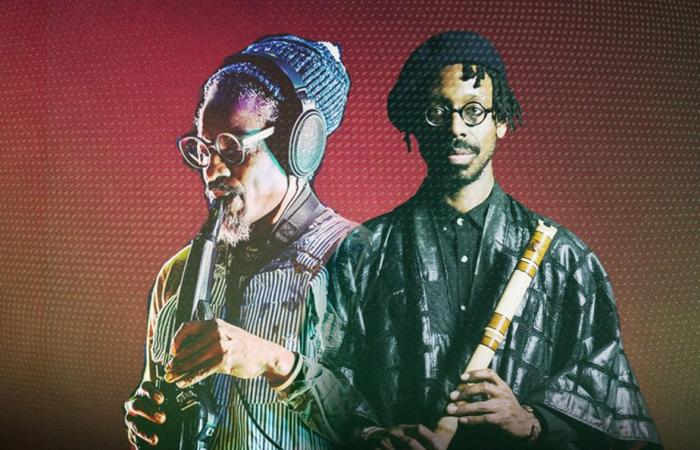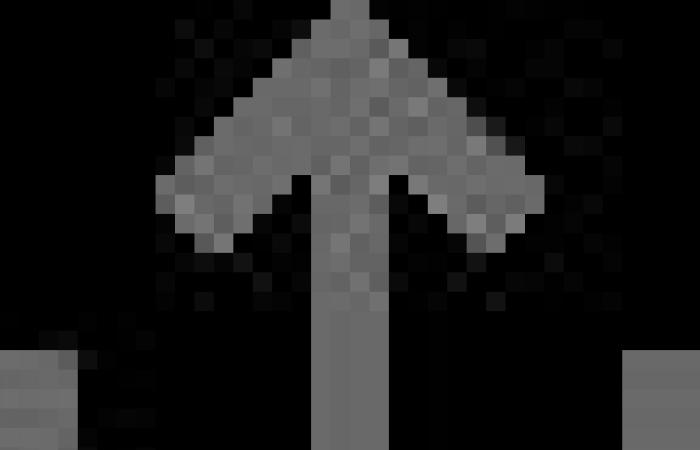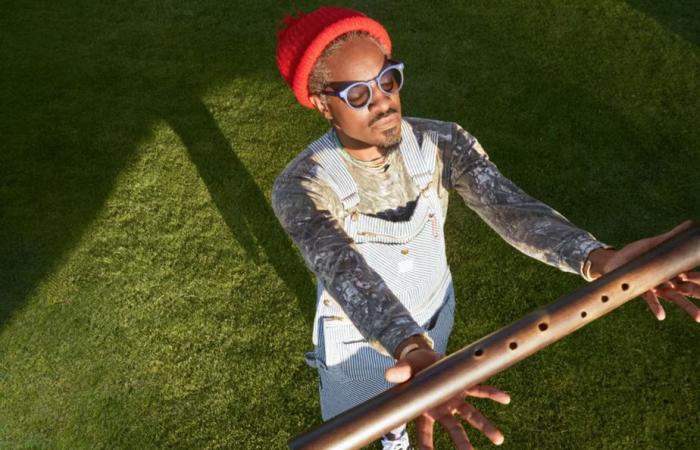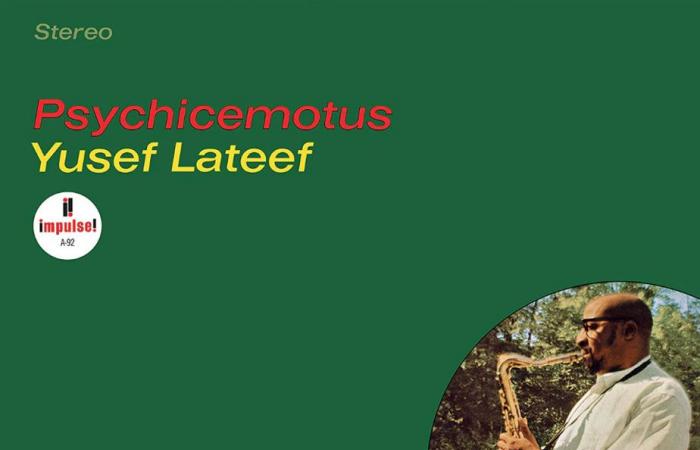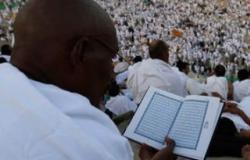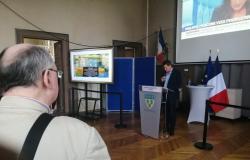Just once: the flute will be a star instrument of this 44e Jazz Festival. Welcome to the soaring world of André 3000 and Shabaka.
Posted at 1:40 a.m.
Updated at 6:00 a.m.
The first is African-American and became famous through hip-hop. The second is Anglo-Caribbean and is a respected jazz musician. They don’t technically have much in common.
And yet. Both have just released albums centered on the bamboo flute and will perform – separately – at this 44e Montreal International Jazz Festival (MIJF).
Former member of the hip-hop duo Outkast, André 3000 (in concert on June 30 at Wilfrid-Pelletier) caused a surprise last year by releasing an ambient solo flute album entitled New Blue Sun. The rapper explained this bold gesture by the fact that he had “nothing more to say” and felt the need to renew himself. Despite its not at all commercial side, this production aroused disproportionate media interest, given the relative modesty of the project.
Extract of That Night in Hawaii When I Turned Into a Panther..., by André 3000
Surprise also from Shabaka Hutchings (two concerts, July 6 at Gesù) whom jazz fans knew within the British quartet Sons of Kemet. The saxophonist was renowned for his gripping solos, in a context sometimes pulling on the free. This spring, he confused many with the release of a soaring flute album, on a bed of celestial harps, the very beautiful Perceive Its Beauty, Acknowledge Its Grace.
PHOTO KALPESH LATHIGRA, ARCHIVES THE NEW YORK TIMES
Shabaka playing the shakuhachi, a Japanese bamboo flute
We will not go so far as to speak of a movement, and even less of a groundswell. For the moment, these two projects do not seem to have made many disciples. But the fact that two musicians, respected in their respective niches, launch flute albums with an atmospheric-new-age tendency, with a certain spiritual veneer, at roughly the same time, can only pique curiosity, all the more so if this causes a break in their artistic journey.
In any case, we are not talking about a coincidence. For Maurin Auxéméry, chief programmer of the FIJM, these two albums would be neither more nor less a reaction to our crazy, crazy times, where we are constantly bombarded with stimuli and information.
We don’t have time for anything anymore. I find it interesting, in this period of speed and social networks, that two guys start blowing these instruments with such particular sounds, in a sort of introspective delirium.
Maurin Auxéméry, chief programmer of the FIJM
The programmer believes that these two projects “respond to a need for breathing space”, linked on the one hand to the desire for reinvention of these two artists, and on the other, to the times we are going through. A stifling time, moreover exacerbated by the COVID crisis or the “I can’t breathe” of George Floyd and the Black Lives Matter movement, to which the two artists are perhaps referring, consciously or not.
Sign of the times? One of Shabaka’s songs is called Managing My Breath, What Fear Had Becomewhich could be translated as: Managing my breathing, what fear had become…
Extract of Managing My Breath, What Fear Had Becomede Web
Ecology, back to the land
The fact that these two musicians have set their sights on folk flutes is also not insignificant.
They could have fallen back on the transverse flute, an instrument more common in jazz (and widely sampled by hip-hop) notably popularized by Herbie Mann, Eric Dolphy or Roland Kirk – who will also influence the flautist of the group Jethro Tull, Ian Anderson.
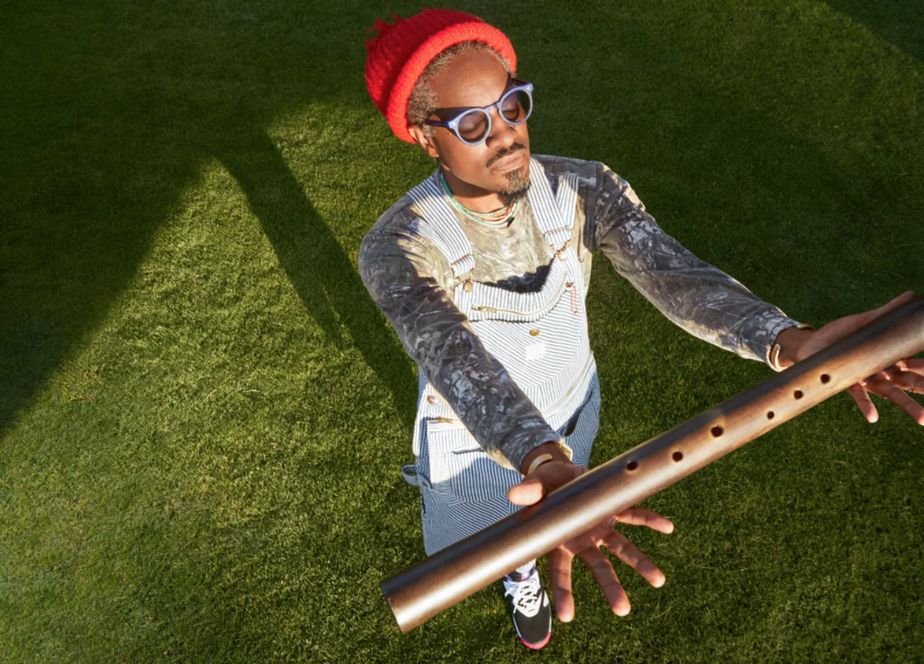
PHOTO COURTESY OF EPIC RECORDS
André 3000 and his folk flute
But Shabaka and André 3000 instinctively opted for wooden or bamboo instruments, closer to traditional so-called “ethnic” music than to acid jazz grooves. For Jacques Denis, music expert at the newspaper Release and collaborator on the excellent site Pan African Music, this artistic choice can be explained by the need for ecology, a return to the earth, even a quest for roots with a view to renewal.
Visit the Pan African Music website
“The question of the past to project oneself into the future is not new in music,” explains Jacques Denis. Roscoe Mitchell, from the Art Ensemble of Chicago, spoke “from ancient to the future”… There has always been this concern to inventory the great practices of the past in order to do something else with them. It’s cyclical. »
Understanding that our two friends are not the first, far from it, to take this step.
“There are many musicians in many traditions who have been doing it for a very long time,” adds Mr. Denis. We must put into perspective this notion of a bamboo flute which is anything but rudimentary, which is played as much among the Fulani in sub-Saharan Africa as in Japan or India or in the West Indies or in the Brazilian Northeast. »
For the expert, the albums of André 3000 and Shabaka nevertheless correspond to the “spirit of the times” and the needs of the public. “They tick the boxes, as they say.”
It remains to be seen what it will look like on stage, particularly in the case of André 3000, who will perform in the comfort of the Wilfrid-Pelletier hall.
A bold choice, which Maurin Auxéméry assumes perfectly. “I think it will attract the curious, Outkast fans, yes, but also a very eclectic audience. There are links between jazz and hip-hop. I think people are very aware of what they are going to see…”
André 3000 will be performing on June 30, at 7:30 p.m., at Salle Wilfrid-Pelletier.
Visit the event page
Shabaka will be performing on July 6, at 6 p.m. and 10:30 p.m., at Gesù.
Check out the event page
Flute, jazz, new age…. five albums to know
Inside, Paul Horn
In 1968, jazz flautist Paul Horn recorded solo inside the Taj Mahal in India. This soaring, contemplative album gave his career a different direction and laid the foundations for the New Age movement. He would repeat the experience a few years later in the Great Pyramid in Egypt.
Excerpt fromInside theTaj Mahal
PsychicemotusYusef Lateef
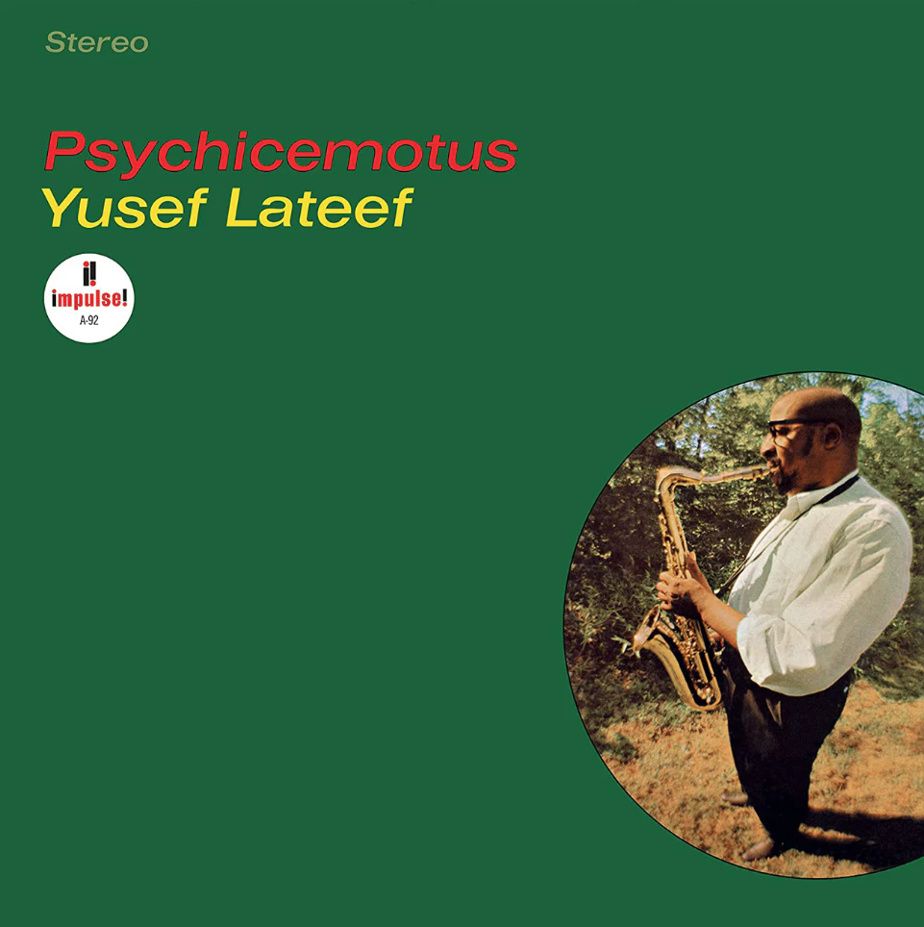
The essential fusion between jazz and “ethnic” music. From the end of the 1950s, Yusef Lateef integrated bamboo flutes, argols, shenais, neys and other wind instruments from other cultures into his compositions. We chose the album Psychicemotusfor the room Bamboo Flute Blues.
Extract of Bamboo Flute Blues
Stone Flute, Herbie Mann
He popularized the transverse flute in jazz. And if we know him mainly for his more groovy albums, Herbie Mann has released some records with a more exploratory tendency, including the almost psychedelic Impressions of the Middle Eastand this hovering Stone Flutewhose title was surely not chosen at random.
Excerpt fromIn Tangier/Paradise Beach
Eternity, Hariprasad Chaurasia
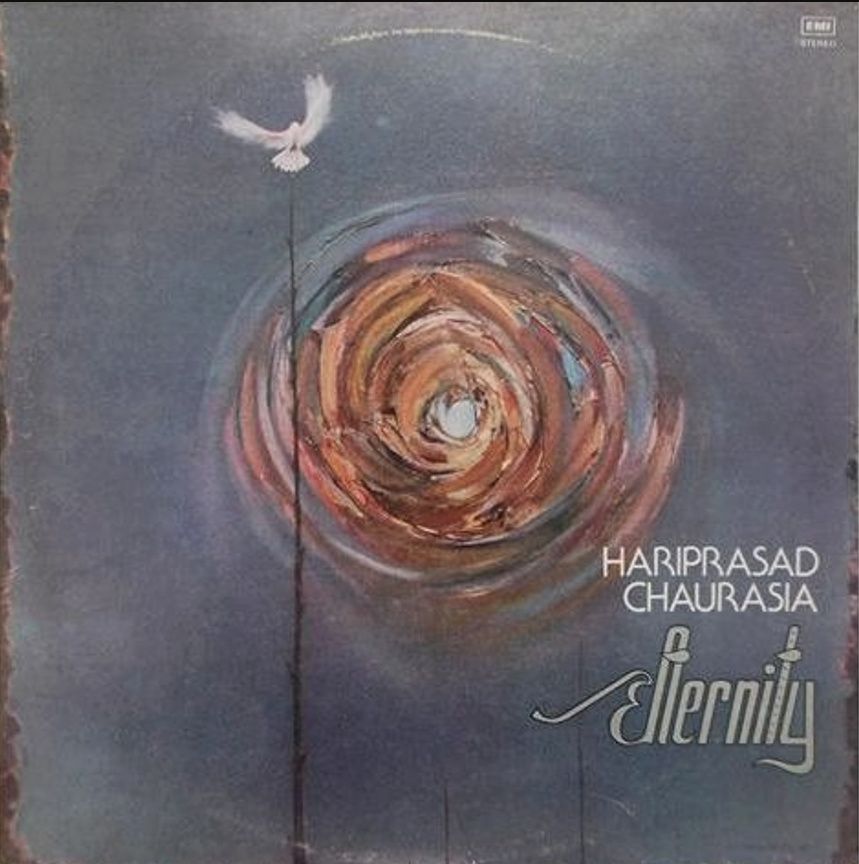
The master of the Indian flute, 85 years old, bansuri expert. A career that dates back to the 1950s, where Hariprasad Chaurasia notably collaborated with Western musicians, such as John McLaughlin and Jan Garbarek.
Extract of Raag Patdeep, dHariprasad Chaurasia
Flutes, Echoes, It’s All Happening !, Carlos Niño
DJ, producer, percussionist, this very trendy musician from Los Angeles is partly responsible for André 3000’s new age turn and even collaborates on Shabaka’s album. Carlos Niño is a guru of this new scene, and not just because of his Maharishi Mahesh Yogi-worthy look.
Extract of Calimayanby Carlos Niño

